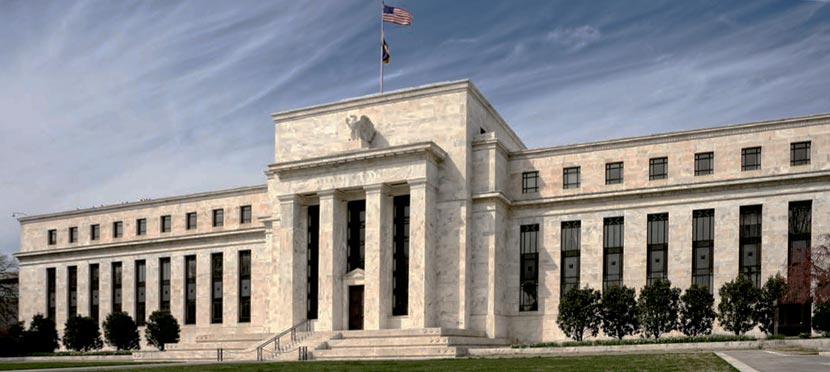The Federal Reserve hiked its benchmark rate hike this week. Judging by their associated comments, Fitch Ratings says this reinforces the view that U.S. interest rates will normalise faster than financial markets expect.
The Fed on Wednesday raised the fed funds target rate for the third time in seven months, to 1.00%-1.25%. The Fed also announced that it expects to start phasing out full balance sheet reinvestment in 2017 and provided details on the modalities of doing so.
The rate increase and accompanying comments bolster our view that the fed funds rate is likely to normalise at 3.5% by 2020, and U.S. 10-year bond yields will rise back above 4%. These developments would mark a significant shift in the global interest rate environment.
Fitch believes the Fed is increasingly comfortable with its normalisation process and less data-dependent following recent inflation readings that have been slightly lower than consensus expectations (although they remain close to target). The interest rate hike showed the Fed was prepared to look through weak first quarter consumption and GDP and underlines Fed concerns about unemployment falling too far below its equilibrium rate. .
Our fed funds rate forecasts also reflect scepticism regarding the idea that the equilibrium (or “natural”) U.S. real interest rate has fallen close to zero. We think the fall in actual real rates is explained by the slowdown in potential GDP growth driven by demographics and weaker productivity growth, and by an elongated credit and monetary policy cycle. As this extended credit cycle comes to an end, Fitch believes the Fed will set rates according to its view of the U.S.’s long-term potential growth rate and its inflation target. This suggests the equilibrium nominal fed funds rate would be 3.5%-4% if real rates normalise in line with our estimate of U.S. potential growth at slightly below 2%.
The impact on bond yields will also be determined by how far the term premium rises from the current historically low level partly caused by the Fed’s Quantitative Easing (QE) programme. The Fed’s approach to balance sheet normalisation sees reinvestment only to the extent that maturities exceed pre-set caps. The caps will initially be set at low levels but will rise to maximum levels of USD30bn per month for Treasuries and USD20bn per month for agency debt and mortgage-backed securities. A return to a positive term premium of 50bp-100bp as the QE programme is unwound would see long-term U.S. bond yields normalise at 4%-5% given our estimates of the equilibrium Fed Funds rate.


One thought on “Fed Heading for Faster-than-Expected Normalisation”